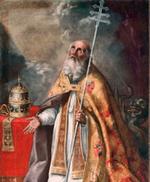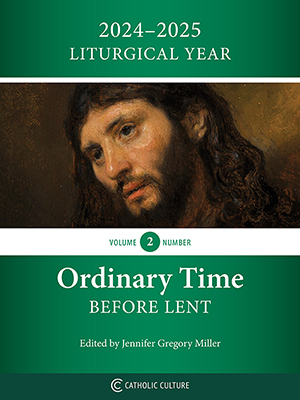Catechism of the Catholic Church
A catechism should faithfully and systematically present the teaching of Sacred Scripture, the living Tradition in the Church and the authentic Magisterium, as well as the spiritual heritage of the Fathers, Doctors and saints of the Church, to allow for a better knowledge of the Christian mystery and for enlivening the faith of the People of God. It should take into account the doctrinal statements which down the centuries the Holy Spirit has intimated to his Church. It should also help to illumine with the light of faith the new situations and problems which had not yet emerged in the past.
This catechism will thus contain both the new and the old (cf. Mt 13:52), because the faith is always the same yet the source of ever new light.
To respond to this twofold demand, the Catechism of the Catholic Church on the one hand repeats the "old", traditional order already followed by the Catechism of St. Pius V, arranging the material in four parts: the Creed, the Sacred Liturgy, with pride of place given to the sacraments, the Christian way of life, explained beginning with the Ten Commandments, and finally, Christian prayer. At the same time, however, the contents are often presented in a "new" way in order to respond to the questions of our age.
The four parts are related one to another: the Christian mystery is the object of faith (first part); it is celebrated and communicated in liturgical actions (second part); it is present to enlighten and sustain the children of God in their actions (third part); it is the basis for our prayer, the privileged expression of which is the Our Father, and it represents the object of our supplication, our praise and our intercession (fourth part).
The Liturgy itself is prayer; the confession of faith finds its proper place in the celebration of worship. Grace, the fruit of the sacraments, is the irreplaceable condition for Christian living, just as participation in the Church's Liturgy requires faith. If faith is not expressed in works, it is dead (cf. Jas 2:14-16) and cannot bear fruit unto eternal life.
In reading the Catechism of the Catholic Church we can perceive the wonderful unity of the mystery of God, his saving will, as well as the central place of Jesus Christ, the only-begotten Son of God, sent by the Father, made man in the womb of the Blessed Virgin Mary by the power of the Holy Spirit, to be our Saviour. Having died and risen, Christ is always present in his Church, especially in the sacraments; he is the source of our faith, the model of Christian conduct and the Teacher of our prayer.
Notes:
English Translation of the Cathechism of the Catholic Church for the United States of America © 1997, United States Catholic Conference, Inc.






